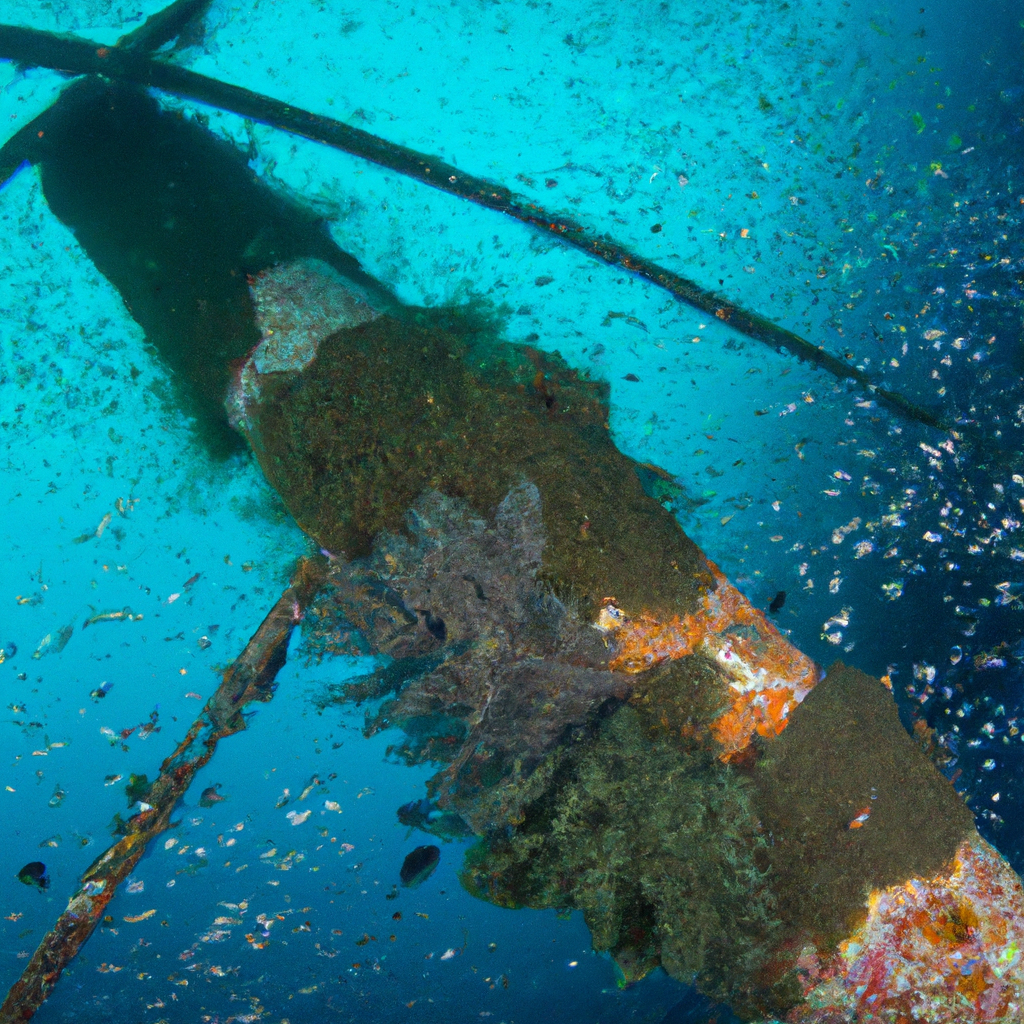Understanding Abandoned Oil Rigs and Their Second Life as Artificial Reefs
Abandoned oil rigs present a unique intersection of industry, ecology, and community interest. As environmental concerns grow, many people wonder about the fate of these structures once they cease operations. This blog post aims to address common questions surrounding abandoned oil rigs and their transformation into artificial reefs, shedding light on their ecological benefits and the processes involved.
What are abandoned oil rigs?
Abandoned oil rigs are offshore platforms that have been decommissioned after completing their intended purpose of extracting oil or gas. These structures can be massive, often standing tall above the ocean surface and extending deep into the sea. Their abandonment raises questions regarding safety, environmental impact, and the possibilities for repurposing. Many people are surprised to learn that instead of being removed entirely, these rigs can serve a second life as artificial reefs, fostering marine life and enhancing biodiversity.
The concept of repurposing abandoned oil rigs as artificial reefs highlights an innovative approach to environmental conservation. These structures not only support marine biodiversity but also create new habitats for various species, thus playing a crucial role in the ecosystem. Microforests – The Key to Revitalizing Urban Spaces and Enhancing Biod can also serve as a model for integrating nature into urban settings, emphasizing the importance of green spaces. As we explore the benefits of both initiatives, it becomes clear that both abandoned oil rigs and microforests can contribute significantly to ecological health and community well-being. How can we further promote these sustainable practices in our local environments?
How do abandoned oil rigs become artificial reefs?
The transformation of abandoned oil rigs into artificial reefs involves several steps. Firstly, the platforms are assessed for structural integrity and environmental safety. Once deemed suitable, specific components may be removed to prevent pollution, such as oil and hazardous materials. The remaining structure is then left in place or partially submerged, allowing marine organisms to colonize the rig. Over time, these rigs develop into vibrant ecosystems, attracting fish, corals, and other marine life.
What are the ecological benefits of using oil rigs as artificial reefs?
Utilizing abandoned oil rigs as artificial reefs offers numerous ecological benefits:
- Increased Biodiversity: Oil rigs provide a hard substrate for marine organisms to attach and grow, which can lead to increased species diversity in the area.
- Habitat Creation: These structures create habitats for various marine species, including fish, crustaceans, and mollusks, which may otherwise lack suitable environments in the surrounding sandy or muddy seabed.
- Fisheries Enhancement: By attracting fish populations, oil rigs can support local fisheries and contribute to sustainable fishing practices.
- Research Opportunities: Scientists can study the ecological impact of these reefs, gaining insights into marine ecosystems and biodiversity.
Are there any risks associated with converting oil rigs into artificial reefs?
While there are significant benefits, there are also potential risks involved in converting oil rigs into artificial reefs. Key concerns include:
- Pollution: If not properly decommissioned, residual oil or toxic substances may leach into the surrounding water, harming marine life.
- Navigation Hazards: Abandoned rigs can pose risks to navigation, especially if they are not adequately marked or if their locations are not well communicated to mariners.
- Invasive Species: There is a risk of introducing non-native species that could disrupt existing ecosystems.
Proper planning and regulation are crucial to mitigate these risks and ensure the successful integration of abandoned rigs into marine environments.
How have communities reacted to the repurposing of oil rigs as artificial reefs?
Community reactions to the repurposing of oil rigs as artificial reefs have been largely positive. Many coastal communities recognize the potential economic benefits, such as enhanced fishing opportunities and increased tourism related to diving and marine exploration. Additionally, the sight of vibrant marine life thriving around these structures can foster local pride and promote conservation efforts. However, some community members may express concerns about environmental impacts and the need for responsible management of these artificial reefs.
What can individuals do to support the initiative of converting oil rigs into artificial reefs?
Individuals can play a vital role in supporting the initiative of transforming abandoned oil rigs into artificial reefs:
- Advocacy: Support policies and initiatives that promote the safe repurposing of oil rigs as artificial reefs.
- Education: Educate others about the ecological benefits of artificial reefs and the importance of preserving marine ecosystems.
- Participation: Get involved in local conservation efforts or marine research programs that focus on artificial reefs and habitat restoration.
What other structures can be converted into artificial reefs?
Beyond oil rigs, numerous structures can be transformed into artificial reefs. These include:
- Shipwrecks: Decommissioned ships can provide excellent habitats and are often intentionally sunk to create reefs.
- Bridge and Pier Remnants: Old bridges and piers can be left in place to foster marine growth.
- Artificial Structures: Purpose-built artificial reefs made of concrete or other materials are designed specifically to support marine life.
What are some successful examples of oil rigs turned artificial reefs?
Several notable projects have successfully transformed abandoned oil rigs into artificial reefs. For instance:
- The Gulf of Mexico: Numerous oil rigs in the Gulf have been repurposed into thriving artificial reefs, benefiting local fisheries and ecosystems.
- California’s Platform Holly: This platform has become a well-known marine sanctuary, attracting divers and marine researchers alike.
These examples highlight the potential for abandoned oil rigs to contribute positively to marine environments.
Conclusion: The Importance of Understanding Abandoned Oil Rigs as Artificial Reefs
Understanding the role of abandoned oil rigs as artificial reefs is crucial for promoting sustainable marine practices and enhancing biodiversity. These structures not only provide habitats for diverse marine life but also offer opportunities for local economies through fishing and tourism. As conversations about environmental conservation continue, it is essential for individuals to engage with the topic and advocate for responsible practices. If you have further questions or insights about abandoned oil rigs and their ecological roles, feel free to reach out or explore additional resources on this fascinating subject.






